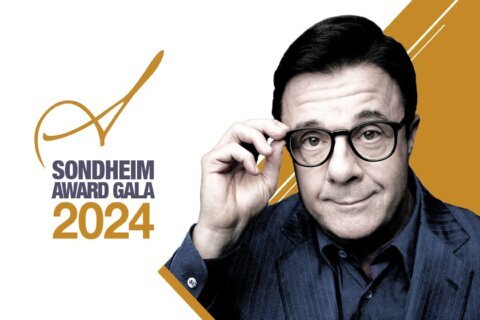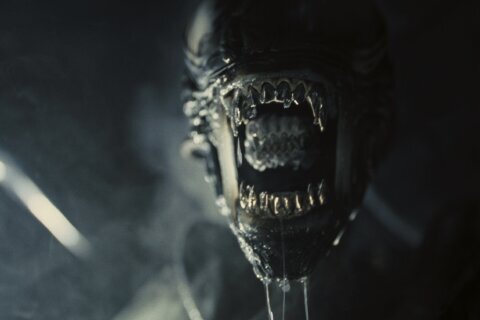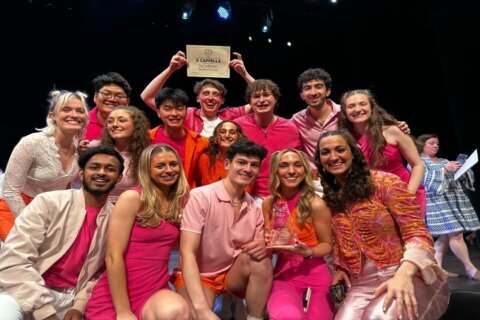WASHINGTON — Sir Roger Moore wasn’t the first actor to play the role of James Bond, but the charming gentleman turned out to be the longest-tenured.
For an entire generation, he was the 007 we grew up watching. In an era before VHS, this was the Bond you saw in the movie theater, then heavily edited for television on ABC broadcasts. His was the voice you heard in your head when you were reading the books. And unlike Sean Connery, who publicly chafed at being typecast, Moore proudly wore the tuxedo and basked in the 007 spotlight.
In the aftermath of Sir Roger’s passing at age 89 on Tuesday, we examine his body of work as Bond.
He came to the role in the early 1970s when the producers had already tried to recast 007 with an unknown actor with less than desirable results (“On Her Majesty’s Secret Service” is acclaimed today but grossed less than the previous four films in the series). Connery returned for “Diamonds Are Forever,” but it was clear he would never return to the role (see the 1983 film “Never Say Never Again”). For a while in this stretch, American actors (gasp!) were considered to take the role of the British super-spy. Let’s just say the series could have gone in several different directions at the time.
Moore brought a fresh face and style. Despite being three years older than Connery, Roger looked about 10 years younger than Sean in 1973. In football terms, Connery was a between-the-tackles fullback type of 007, while Moore was a graceful halfback on the perimeter. Sean provided power; Roger fielded finesse. One made the easy things look hard; the other made the hard things look easy.
Likewise, the new direction of the series followed the lead of its lead actor, starting as a gritty series laden with gadgets and the occasional witty aside, and transforming into a blend of gadgets, asides, bigger sets and lighter moments with the occasional grit. It was probably a smart move to create a different Bond that wouldn’t have to compete with Sean Connery’s shadow. In the end, Moore would wind up surpassing his friend in tenure and number of movies made (seven “official” films to Connery’s six).
The actor who plays Bond is often at the mercy of his material. It’s tough to make ice cream out of garbage, though I’m sure Q has a gadget somewhere that does that. It took a while for the series to hit its stride with Moore: “Live and Let Die” and “The Man with the Golden Gun” both feel more like “thermometer films” than “thermostat films,” reflecting the era’s Blaxploitation and Kung Fu flicks.
In 1977, “The Spy Who Loved Me” brought Bond back in spades, becoming the quintessential Moore movie — his “Goldfinger,” as it were — despite “Moonraker” making more money and “For Your Eyes Only” being the better overall film. After trying to play off the success of “Star Wars” with lame space lasers in “Moonraker,” 007 came back to earth in his best work, “For Your Eyes Only.” It’s a shame that this movie wasn’t Sir Roger’s exit from the role, because it would have been a great way to go out.
This was supposed to be his final bow, but after Connery returned in “Never Say Never Again,” Eon producers were forced to cough up an offer that Moore couldn’t refuse for “Octopussy.” He’d even return for “A View to a Kill,” which was a great Duran Duran song that deserved a much better movie.
So without further ado, it’s time to rank Roger’s 007 turns as 007.









